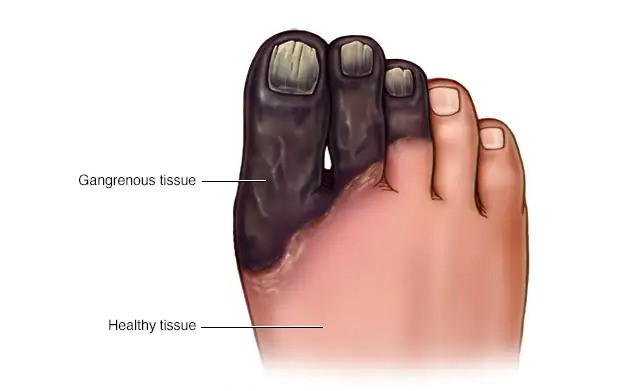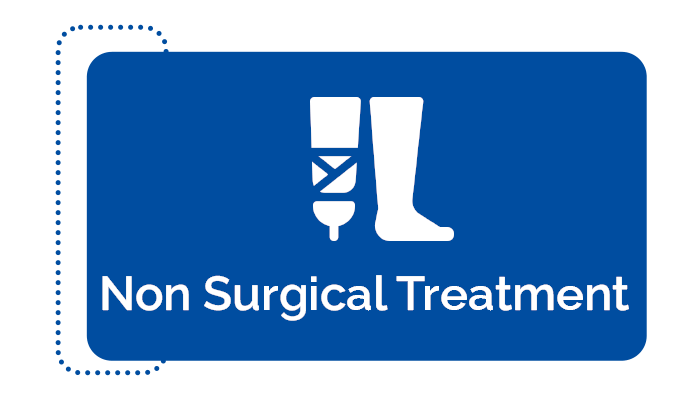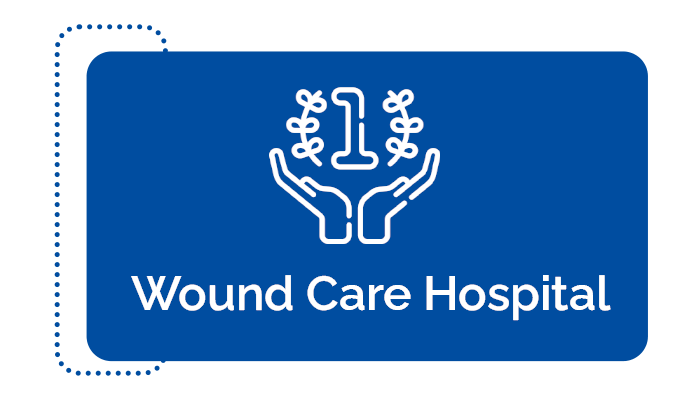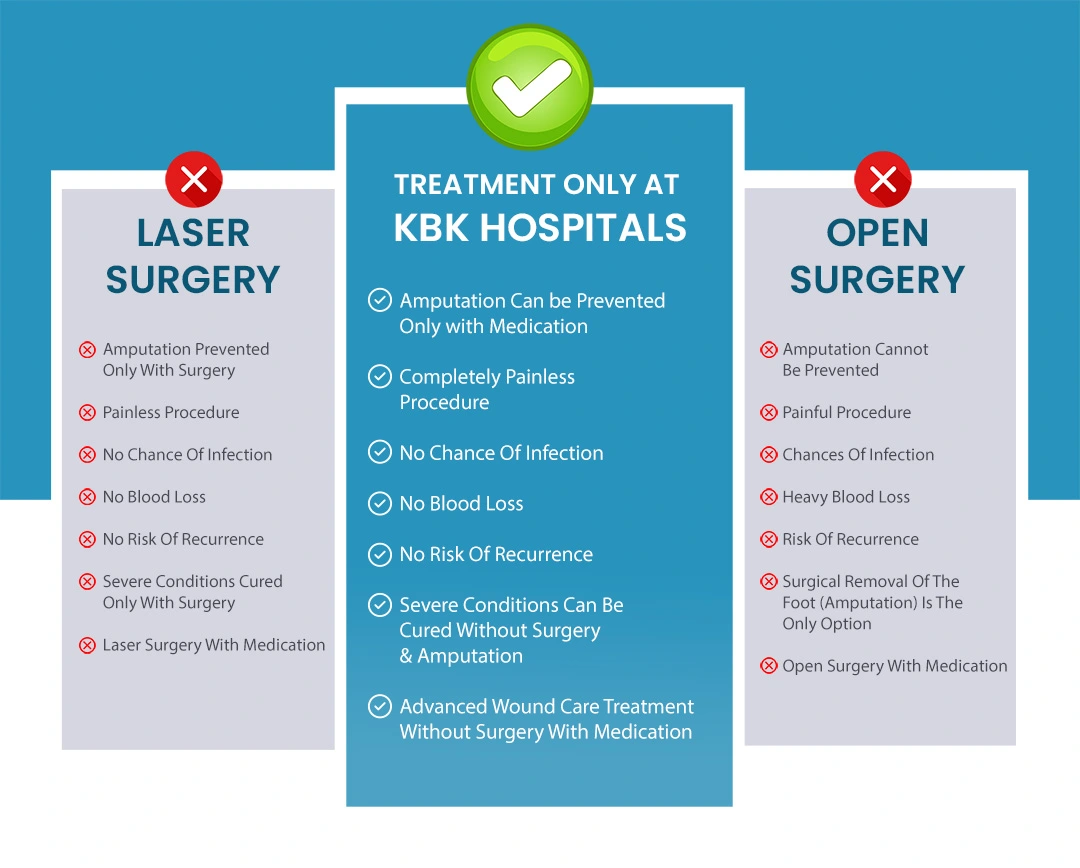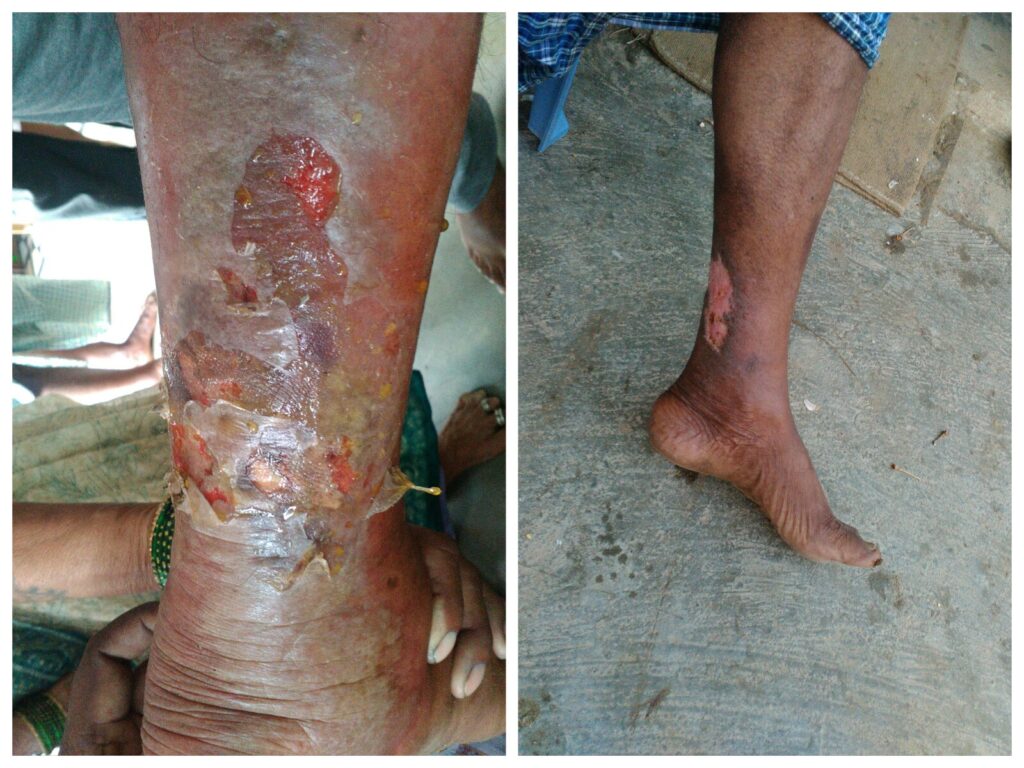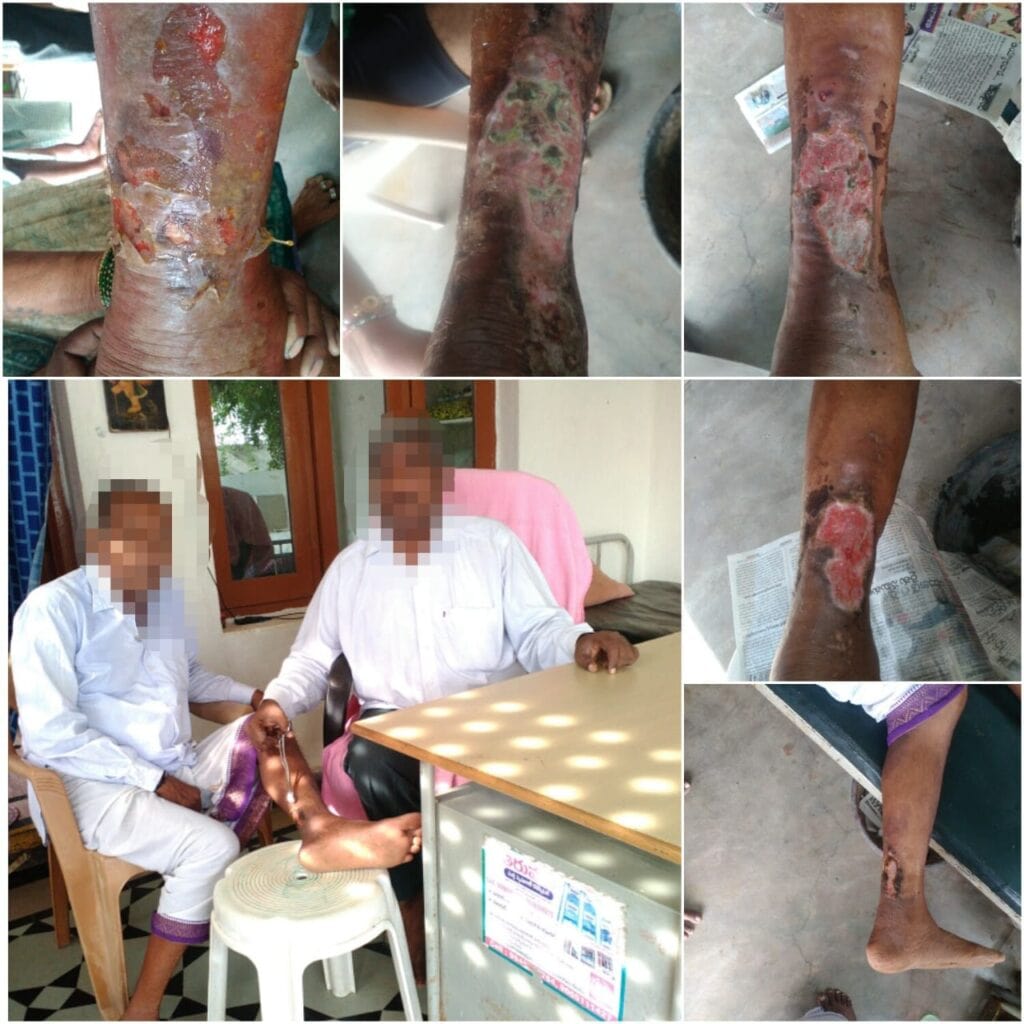The hospital has a team of dedicated doctors, nursing staff and other healthcare professionals who work together to provide the best treatment possible to patients. They specialise in treating cellulitis, an infection caused by bacteria, viruses or fungi that affect the skin and underlying tissues.
Cellulitis Treatment
Cellulitis is a bacterial infection that can spread deep into the skin and underlying tissue. It most often occurs on the legs, but it can occur anywhere.
Cellulitis most often affects people with diabetes or peripheral artery disease (PAD). People who have existing wounds are also at risk for cellulitis. The reason is that when you break down the skin barrier, bacteria can easily get into your body and cause an infection.
If left untreated, cellulitis can lead to serious complications such as sepsis (infection of the bloodstream), gangrene (tissue death due to lack of blood supply) or amputation.
The most common form of cellulitis is caused by a break in the integrity of the skin. Infections can also spread through blood vessels (hematogenous spread) or lymphatic vessels (lymphangitis). Cellulitis typically affects the limbs but may be seen anywhere on the body. The infection can spread rapidly if not treated promptly.
Treatment for cellulitis depends on its severity and location. In most cases, treatment includes antibiotics and elevated leg positioning to improve blood flow in the veins around your ankle area.
Cellulitis Symptoms
Cellulitis causes can be caused by an insect bite or scratch, an animal bite, a burn or exposure to dirty water. If you have cellulitis, your doctor will want to know if you have an underlying condition that makes you more likely to get cellulitis. These include:
- Diabetes
- Kidney disease
- Liver disease
- Poor circulation or nerve damage in your feet, ankles or legs (peripheral neuropathy)
Cellulitis is a bacterial infection that causes inflammation and pain in the skin. It can occur anywhere on your body but is most common on the legs, arms and face. It is recommended to take Cellulitis antibiotics. The cause of cellulitis is usually Staphylococcus aureus (staph). This bacterium is found in many people's noses and on their skin. When staph enters through a cut or wound in the skin, it can cause an infection called cellulitis. Other bacteria can also cause this type of infection.
Cellulitis Symptoms include:
- Redness of the skin in one area that spreads quickly
- Painful swelling that may feel hot to the touch
- Fever greater than 100°F (38°C)
- Nausea and vomiting
- Chills and fatigue
Cellulitis is treated with topical antibiotics (applied directly to the skin) or oral (by mouth). You may need a combination of both types. Your doctor will prescribe them based on your symptoms and test results.
If you have mild cellulitis, it may clear up without treatment in two to four weeks. If you have severe cellulitis, you'll likely need IV antibiotics for several weeks or longer, depending on your symptoms.
What causes Cellulitis?
Staphylococcus aureus bacteria most often cause cellulitis, usually found on the skin or in the nose. The infection can spread quickly from one part of the body to another.
Cellulitis typically occurs when bacteria enter a break in your skin, such as a cut, scrape, insect bite or burn. The bacteria may enter through cuts or abrasions on the skin caused by diabetes, intravenous drug use, poor circulation and other conditions that weaken the immune system. People who have diabetes are at higher risk for cellulitis because of poor blood circulation in their feet and legs.
What are the signs that cellulitis is healing?
The signs that cellulitis is healing are as follows:
- Your skin will be less red, warm and swollen. You'll start to feel less pain and discomfort.
- You'll have fewer breakouts of the rash or blisters.
- The area of your skin where you had cellulitis may itch or feel uncomfortable. This is because your body is starting to get rid of dead tissue from the infection.
- Your lymph nodes may be tender or enlarged — they usually go down after a few days of antibiotic treatment.
- You may have drainage from the affected area (for example, pus coming out of a boil). This can last for weeks after treatment ends, but it means that the infection is clearing up.
With our non-surgical cellulitis treatment, you can except:
- A safe and minimally invasive approach to care.
- Reduced risk of complications and side effects associated
- Improved healing and elimination of the infection
- Comprehensive, patient-centered care that addresses your physical and emotional needs
Cellulitis Patients Testimonial
There are different types of cellulitis, depending on where the infection occurs
Some types include:
- periorbital cellulitis, which develops around the eyes
- facial cellulitis, which develops around the eyes, nose, and cheeks
- breast cellulitis
- perianal cellulitis, which develops around the anal orifice
Cellulitis can occur anywhere on the body, including the hands and feet. Adults tend to develop cellulitis in the lower leg, while children tend to develop it on the face or neck.







